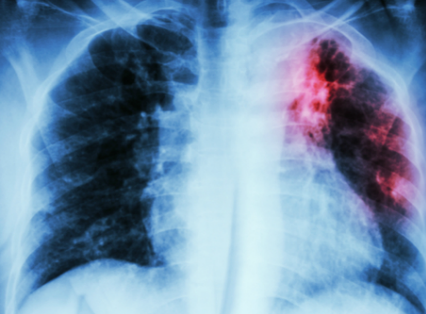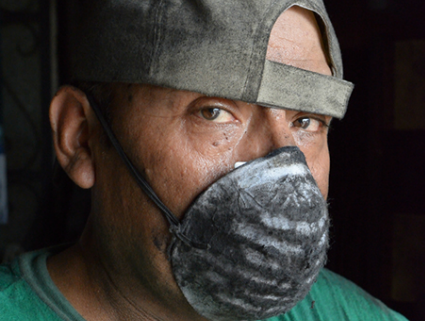-
Sale!
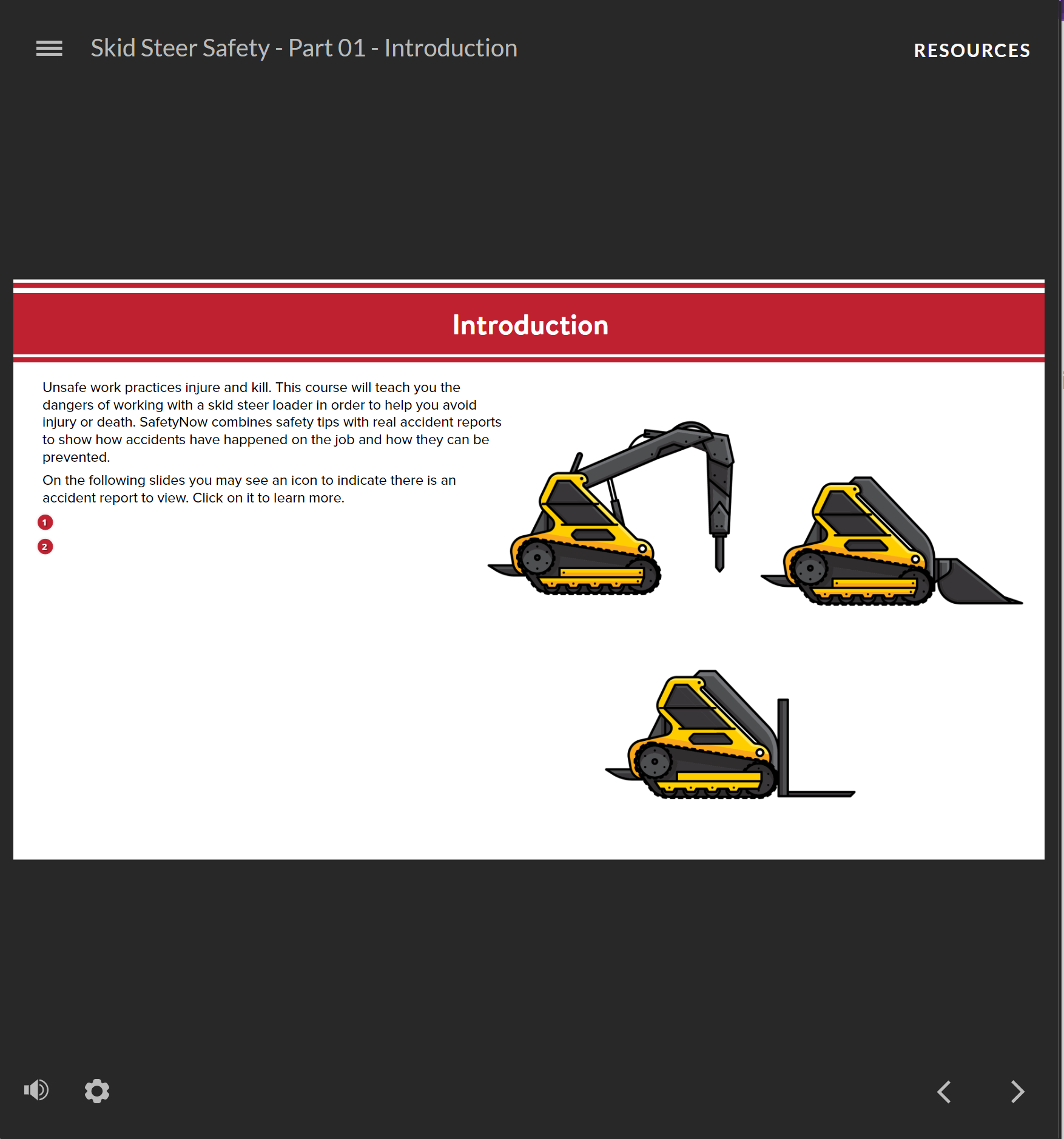
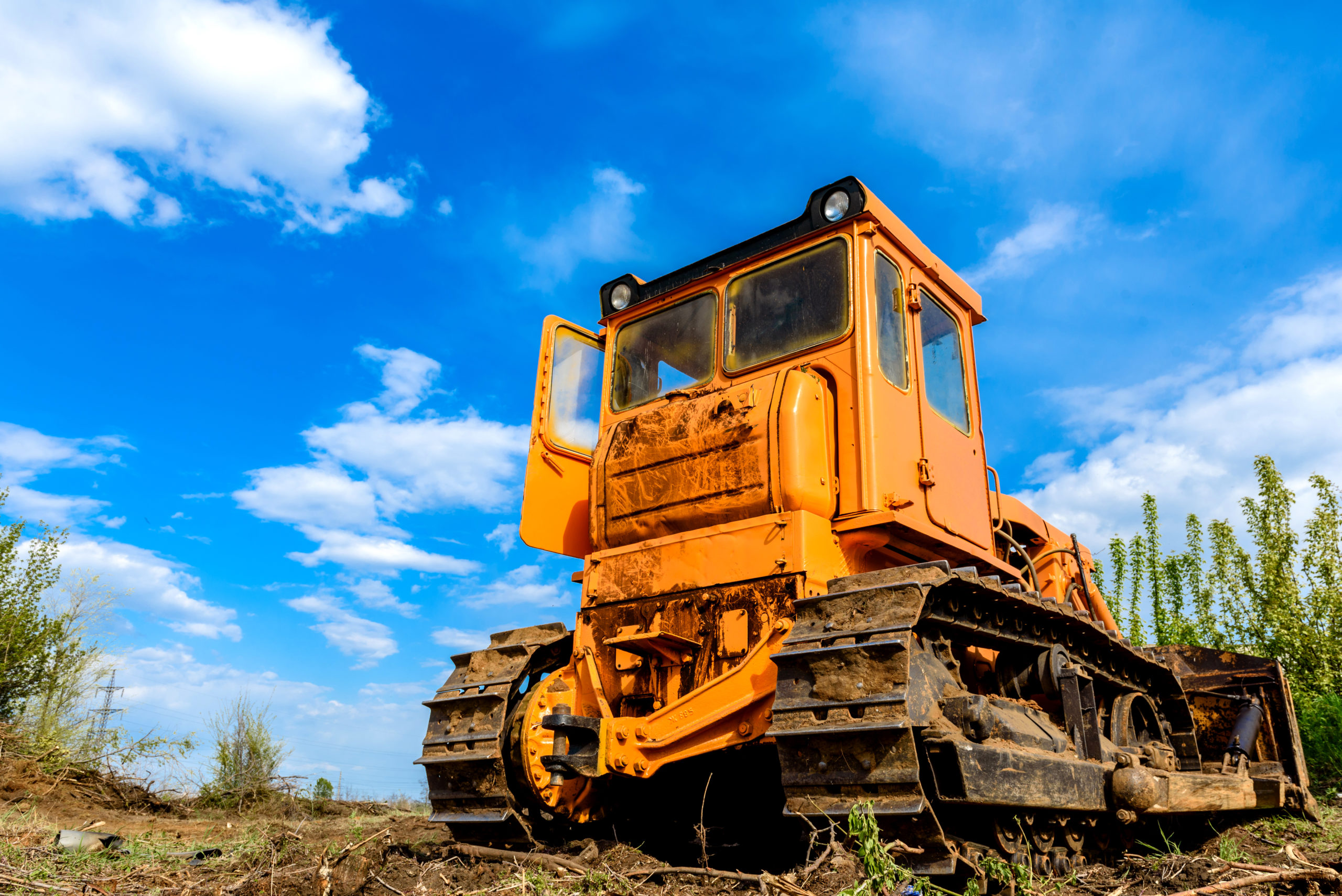 Part one of this four-part series will introduce you the skid steer including the dangers of working with a skid steer loader in order to help you avoid injury or death.
Part one of this four-part series will introduce you the skid steer including the dangers of working with a skid steer loader in order to help you avoid injury or death. -
Sale!
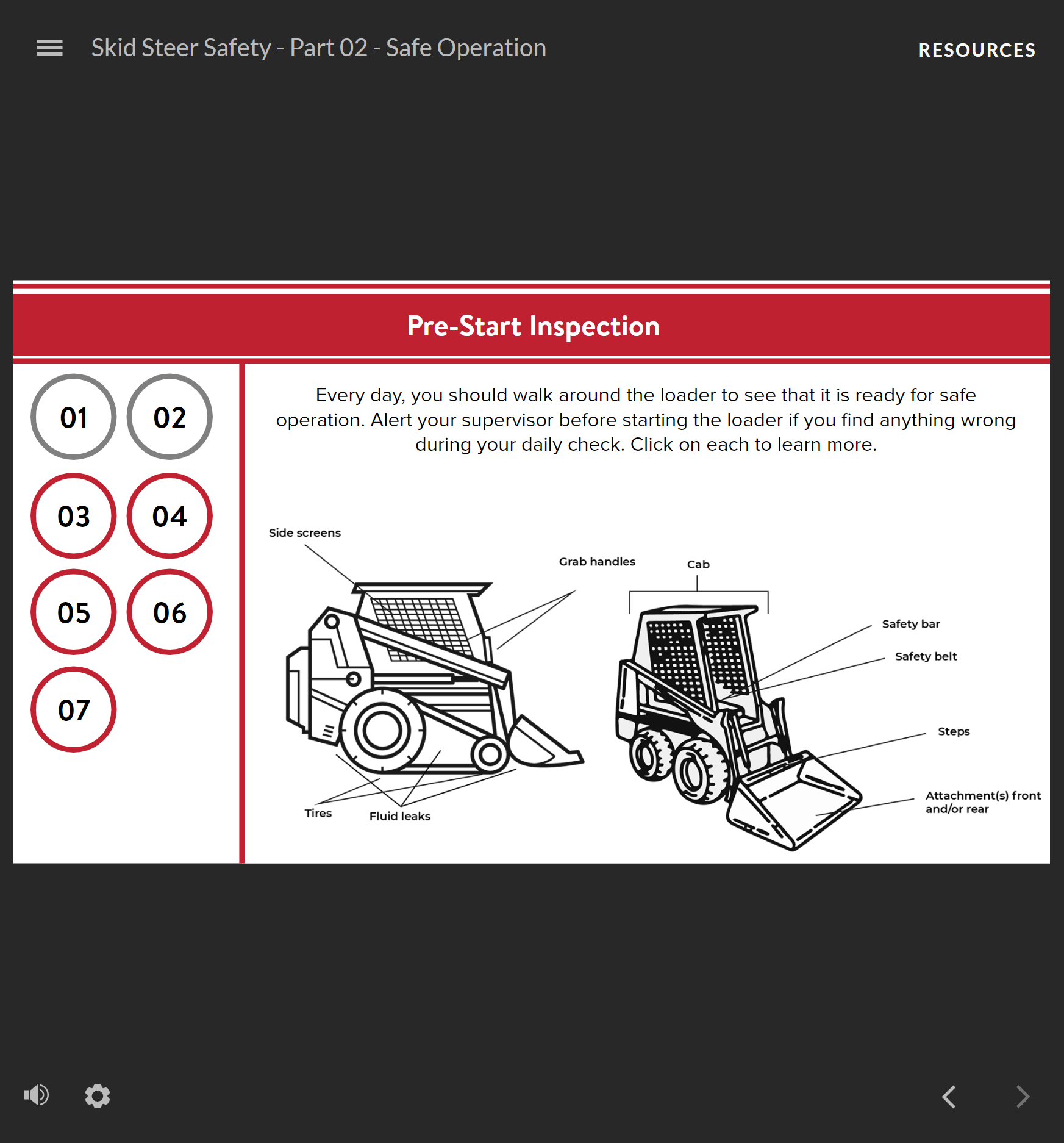
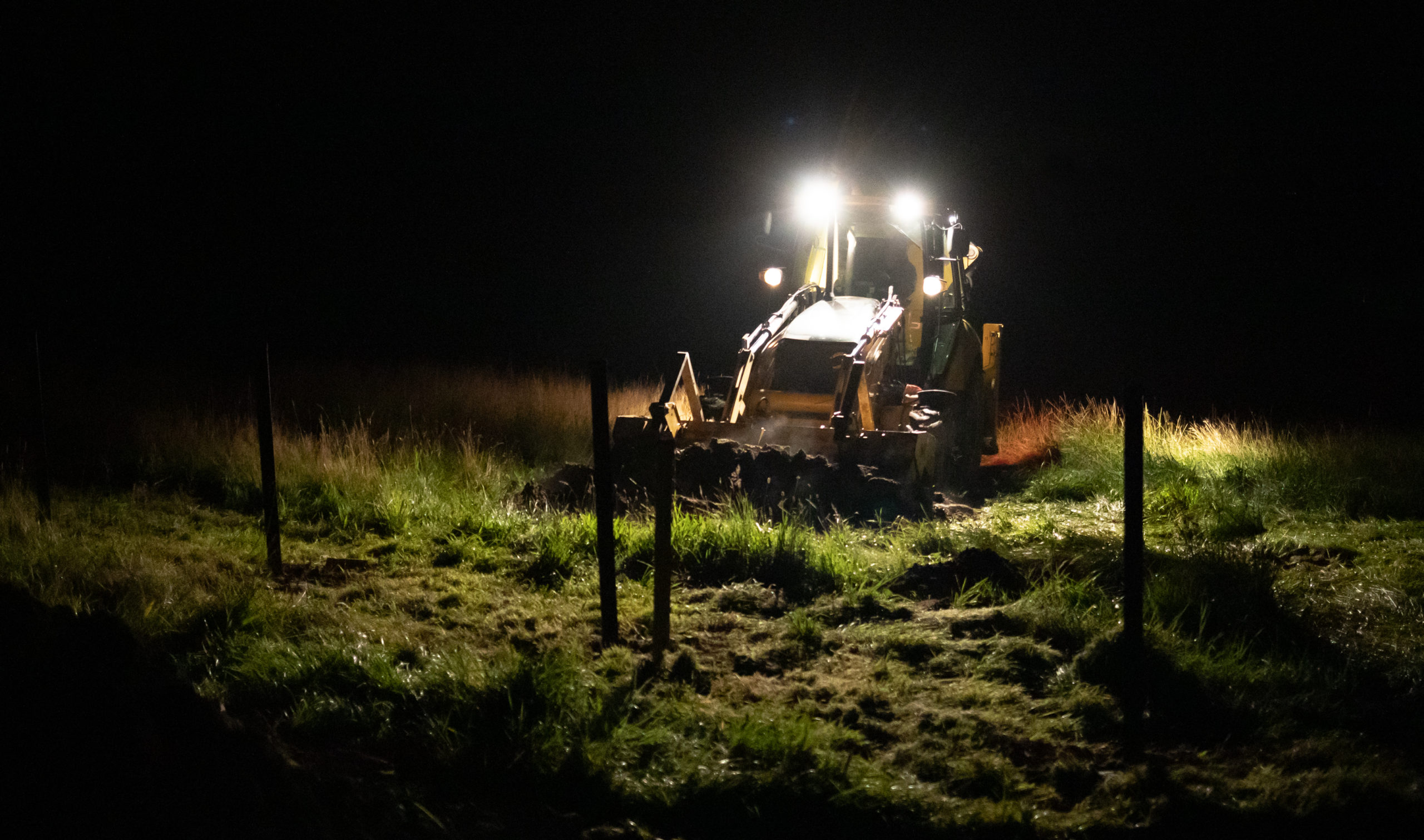 Part two of this four-part series will cover safe operation of a skid steer including inspection, start up and shut down and how to avoid dangerous crushing and rollovers.
Part two of this four-part series will cover safe operation of a skid steer including inspection, start up and shut down and how to avoid dangerous crushing and rollovers. -
Sale!
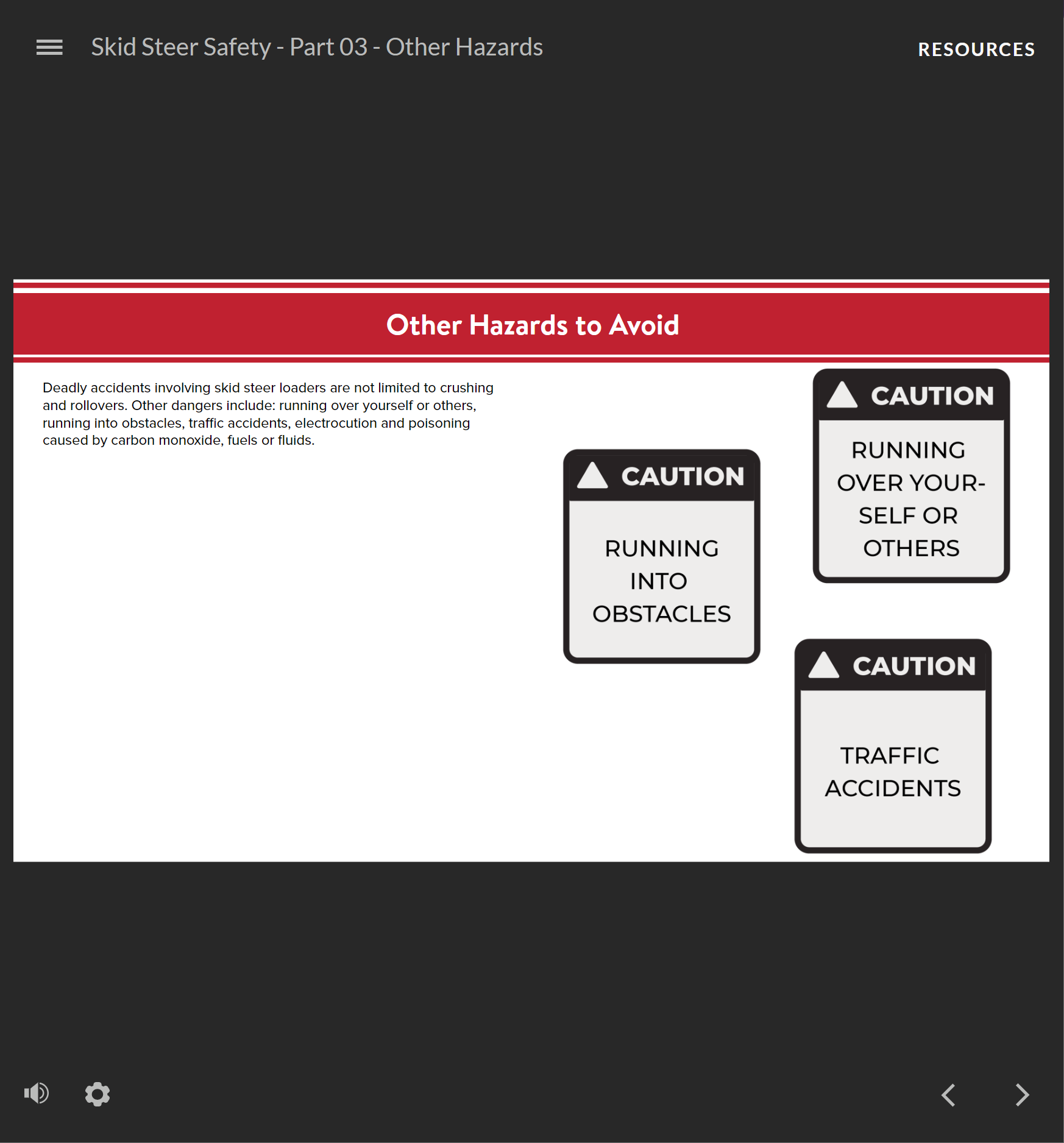
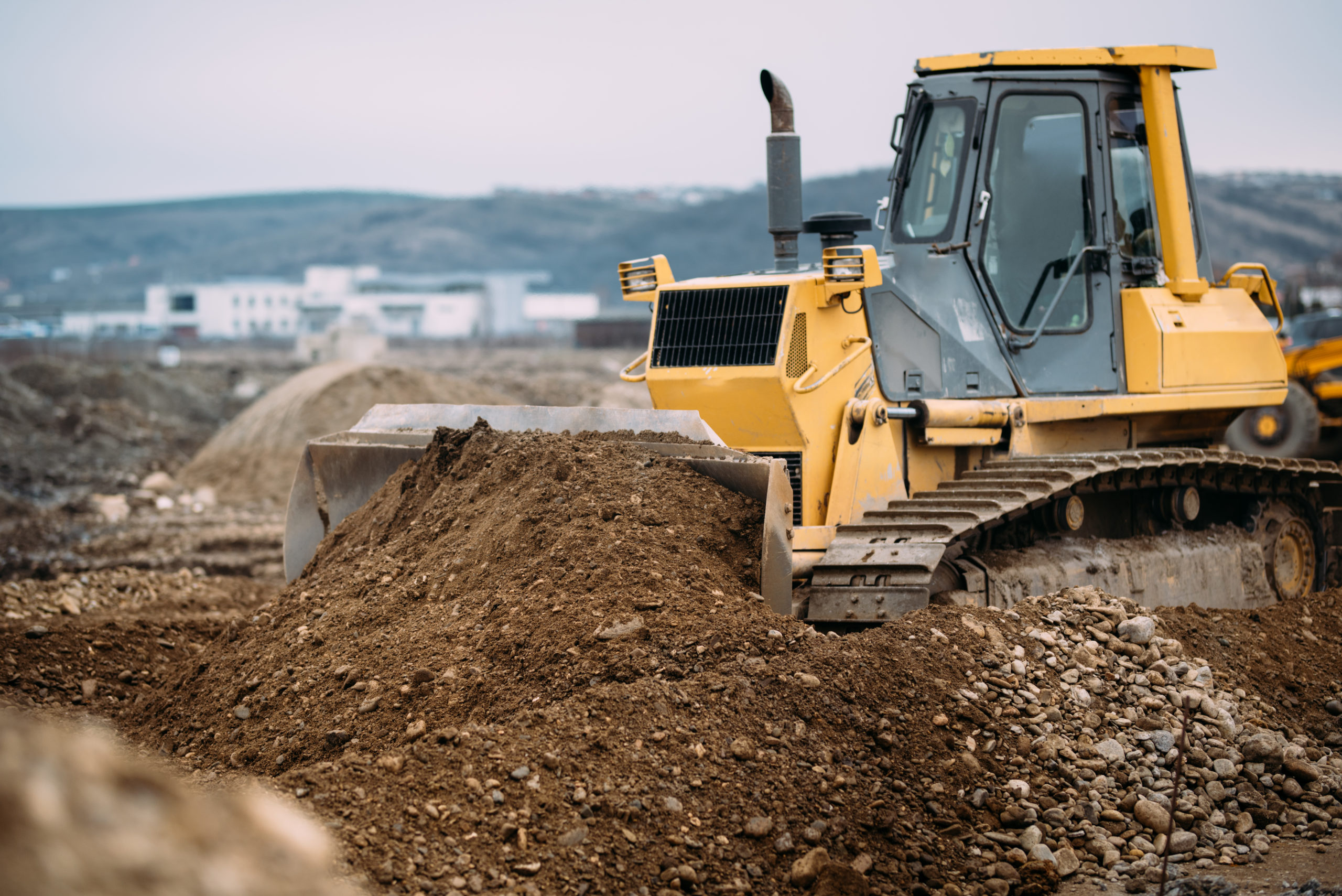 Part three of this four-part series will cover other hazards of a skid steer including load handling, moving pipe, hazardous conditions, pedestrian safety and more.
Part three of this four-part series will cover other hazards of a skid steer including load handling, moving pipe, hazardous conditions, pedestrian safety and more. -
Sale!

 The final part of this four-part series will cover the importance of communication when operating and working around a skid steer including signals and signs.
The final part of this four-part series will cover the importance of communication when operating and working around a skid steer including signals and signs. -

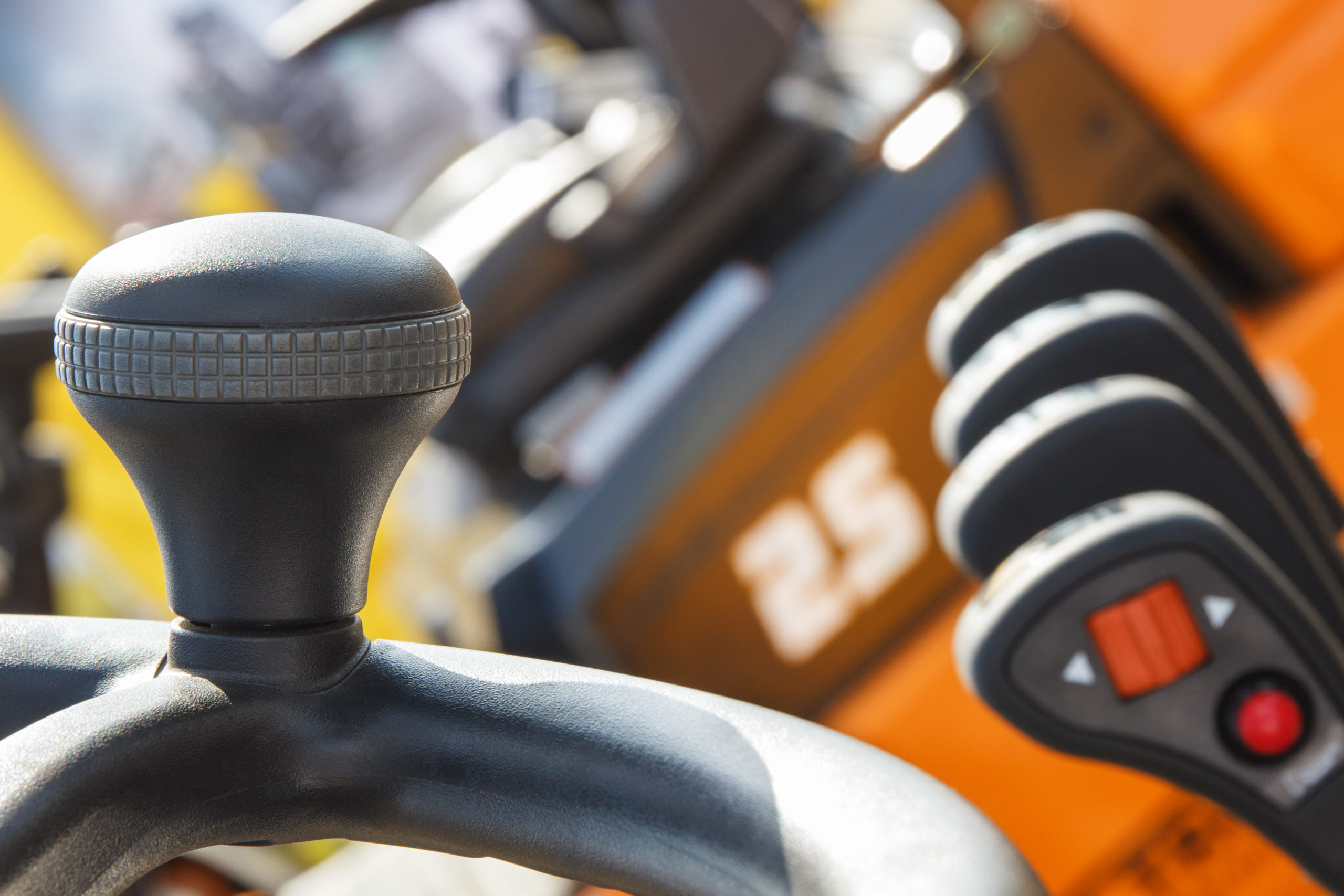 Skid-steers can be dangerous due to their short wheelbase and quick turning ability, as well as having a center of gravity that can easily become off balance causing them to tip. The view entirely around the machine can easily be limited. This requires operators to take special note of objects or people that may not always be in the line of sight when operating. We often take for granted that people understand these considerations, but what is obvious to some, may not be so to others and often overlooked. This four-part series will cover the basics of skid steer safety including start-up and shut-down, other hazards and communication.
Skid-steers can be dangerous due to their short wheelbase and quick turning ability, as well as having a center of gravity that can easily become off balance causing them to tip. The view entirely around the machine can easily be limited. This requires operators to take special note of objects or people that may not always be in the line of sight when operating. We often take for granted that people understand these considerations, but what is obvious to some, may not be so to others and often overlooked. This four-part series will cover the basics of skid steer safety including start-up and shut-down, other hazards and communication. -
Sale!
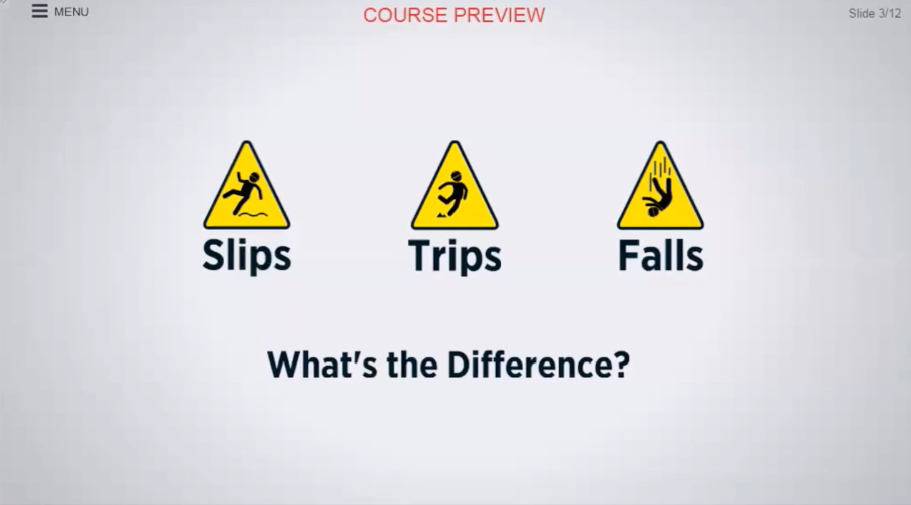
 Recent statistics from the Congressional Accountability Office of Compliance indicate that employee falls are private industry’s third leading cause of workplace fatalities. Around 600 workers die from a fatal slip, trip, or fall, each year.
Recent statistics from the Congressional Accountability Office of Compliance indicate that employee falls are private industry’s third leading cause of workplace fatalities. Around 600 workers die from a fatal slip, trip, or fall, each year. -
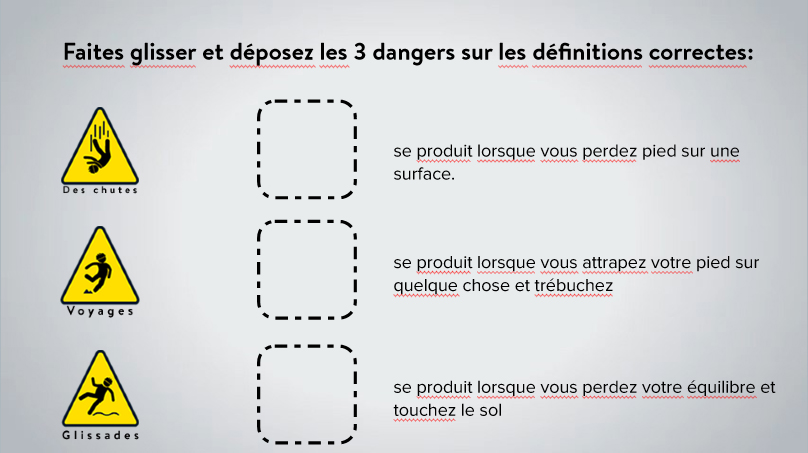
 Slips, trips & falls are the 2nd leading cause of workplace deaths. They are also the leading cause of workplace accidents with over 200,000 reported every year. This course will cover what safety laws say about slips, trips & falls, what hazards to look out for and how you can avoid slips, trips and falls when you work. (French Version)
Slips, trips & falls are the 2nd leading cause of workplace deaths. They are also the leading cause of workplace accidents with over 200,000 reported every year. This course will cover what safety laws say about slips, trips & falls, what hazards to look out for and how you can avoid slips, trips and falls when you work. (French Version) -
Sale!

 Developed for managers and supervisors, this course will help you understand and explain the differences between slips, trips and falls, identify and assess the hazards that cause each one and select appropriate controls to manage those hazards, including engineering controls, administrative and work controls and fall protection and other personal protective equipment (or PPE).
Developed for managers and supervisors, this course will help you understand and explain the differences between slips, trips and falls, identify and assess the hazards that cause each one and select appropriate controls to manage those hazards, including engineering controls, administrative and work controls and fall protection and other personal protective equipment (or PPE). -
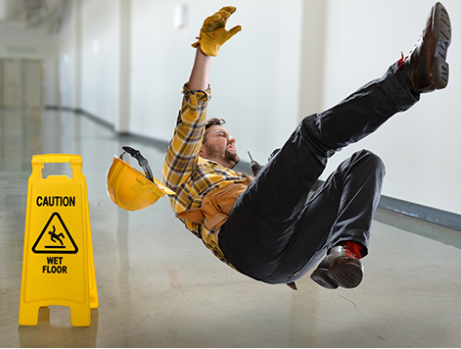
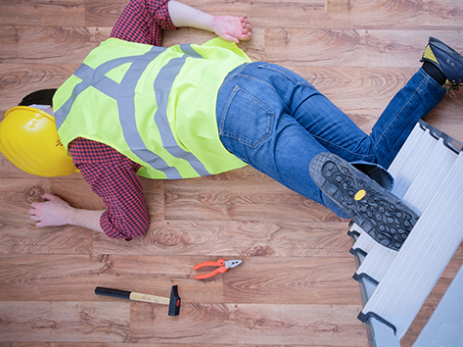 Recent statistics from the Congressional Accountability Office of Compliance indicate that employee falls are private industry’s third leading cause of workplace fatalities. Around 600 workers die from a fatal slip, trip, or fall, each year. This overview of slips, trips, and falls helps reinforce good behaviors for workers on how and where to avoid areas where these hazards can reside.
Recent statistics from the Congressional Accountability Office of Compliance indicate that employee falls are private industry’s third leading cause of workplace fatalities. Around 600 workers die from a fatal slip, trip, or fall, each year. This overview of slips, trips, and falls helps reinforce good behaviors for workers on how and where to avoid areas where these hazards can reside. -
Sale!
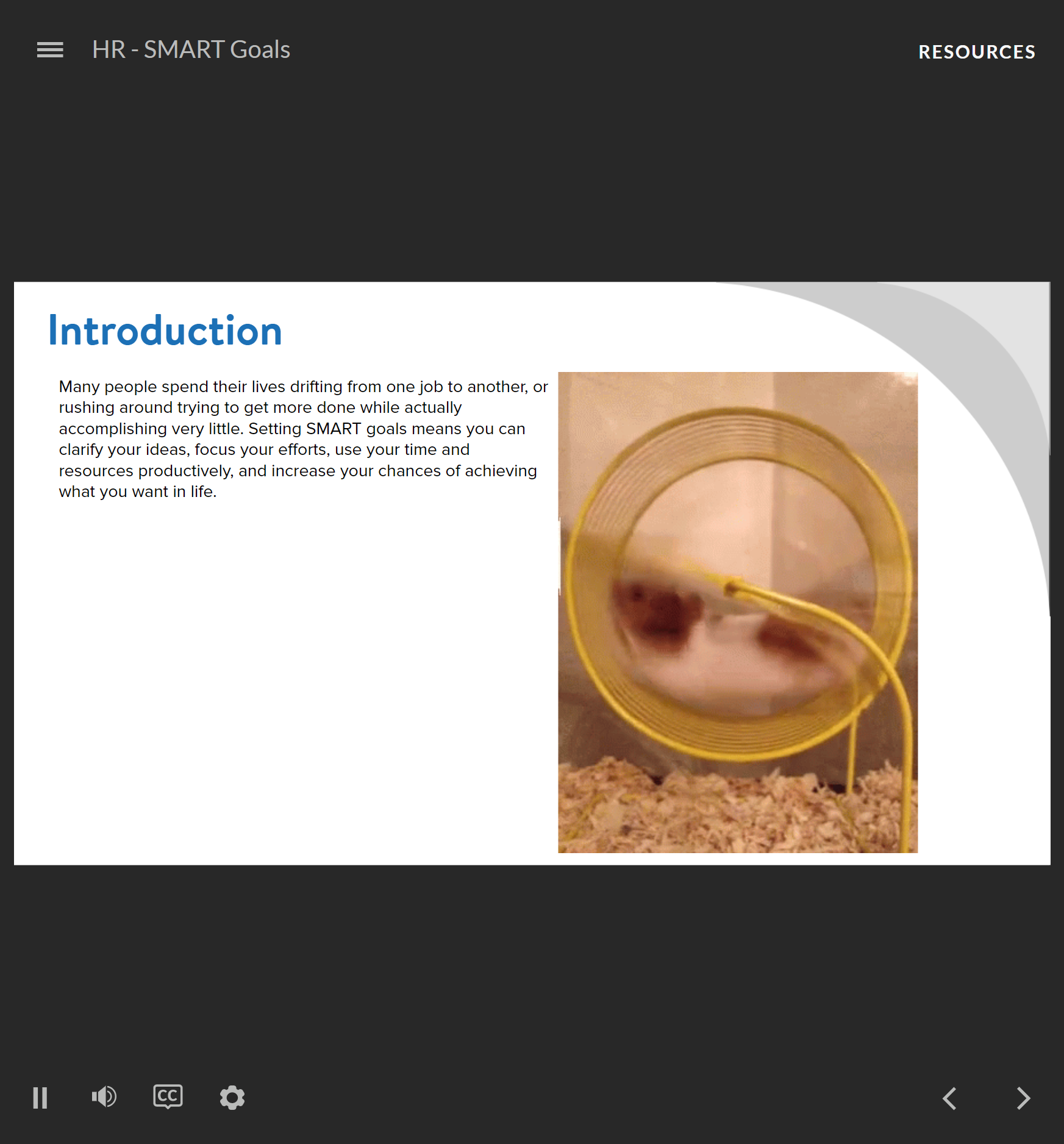
 SMART Goals make it easier to achieve your goals when you have absolute clarity of what your goal is – SMART Goals give you that clarity. This course goes over what SMART goals are, how to use them and avoid goal setting mistakes.
SMART Goals make it easier to achieve your goals when you have absolute clarity of what your goal is – SMART Goals give you that clarity. This course goes over what SMART goals are, how to use them and avoid goal setting mistakes. -
Sale!
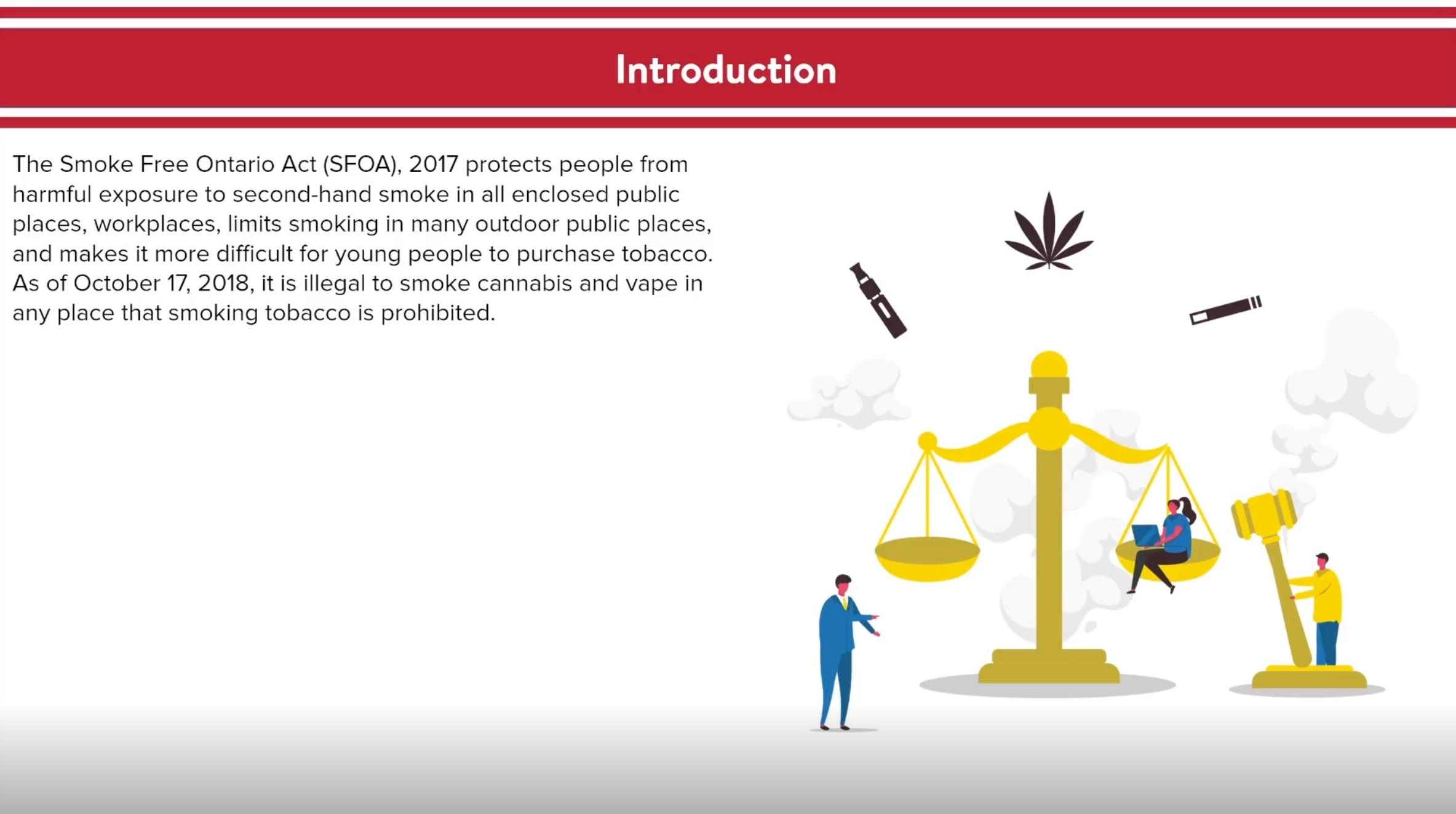
 This course covers the basics about the Smoke Free Act in Ontario, and includes regulations on where smoking is prohibited and what is included under the Smoke Free Act.
This course covers the basics about the Smoke Free Act in Ontario, and includes regulations on where smoking is prohibited and what is included under the Smoke Free Act.

